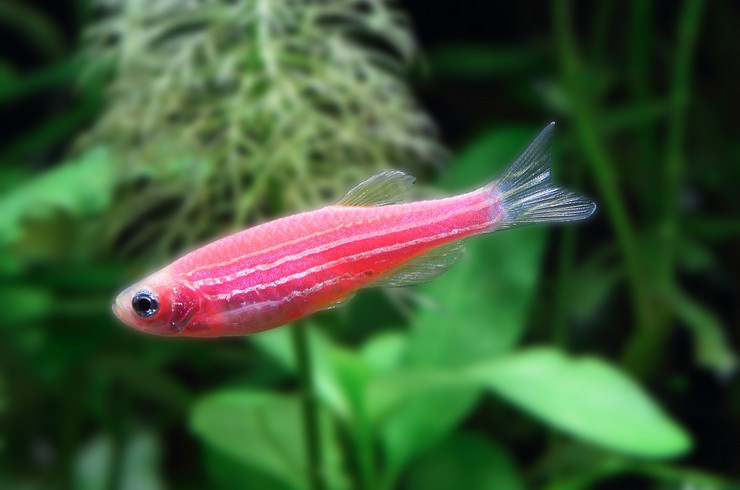
China is preparing to send danyo fish to the Tiangong space station to study how they and other microorganisms interact in a small, closed ecosystem.
This study also aims to investigate the possible loss of bone density in astronauts during prolonged exposure to microgravity, which could be a problem for future space missions.
This is not the first time fish have been sent into space. In 1973, a group of hazelnut fish was sent to the first scientific laboratory in Earth orbit, Skylab, to investigate how they would react to a weightless environment.
It turned out that the fish managed to hatch dozens of fertile eggs, resulting in the appearance of young fundus fish, which immediately adapted to weightlessness.
The Japanese Space Agency (JAXA) also conducted a study of the effect of microgravity on a small number of medaka fish aboard the International Space Station.
According to the results of this study, scientists found that the fish felt much worse than humans and lost bone density almost immediately after arriving on the ISS. Astronauts usually experience similar effects after about 20 days.

